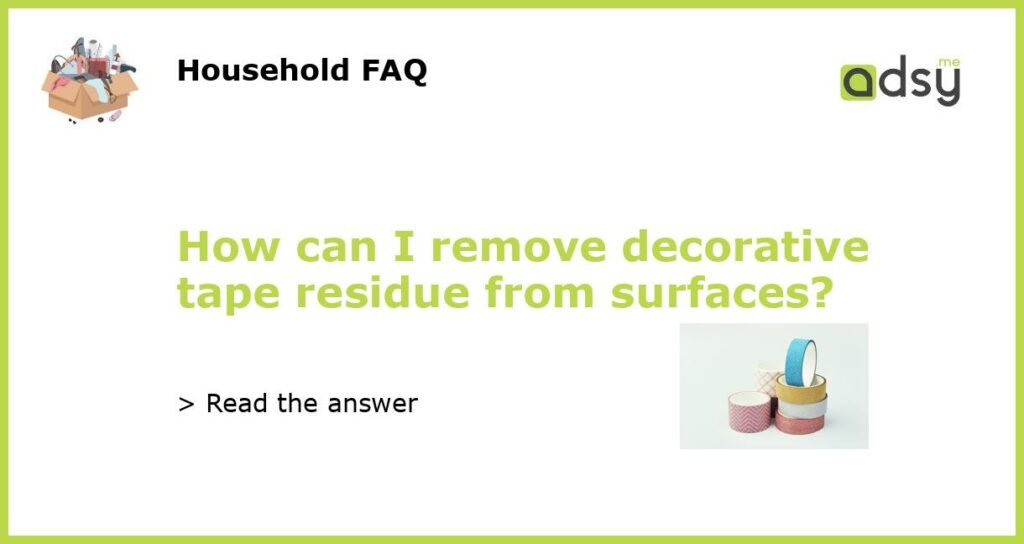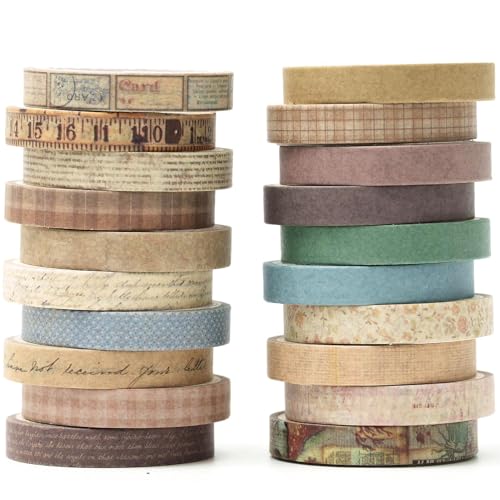Understanding Decorative Tape Residue
Decorative tape is often used to embellish items or for crafting purposes. However, when removed, it can leave behind unsightly residue that is difficult to remove. The adhesive used in decorative tape is often stronger and more resilient than regular tape, which makes it challenging to clean up.
Methods for Removing Decorative Tape Residue
Fortunately, there are several methods for effectively removing decorative tape residue from surfaces. One method is to use rubbing alcohol, which can dissolve the adhesive. Simply apply a small amount of rubbing alcohol to a clean cloth and use it to gently rub the residue until it lifts off the surface.
Another method is to use a mixture of baking soda and cooking oil. Mix equal parts of baking soda and cooking oil to form a paste. Apply the paste to the residue and use a soft-bristled brush or cloth to gently scrub the area. The mixture should help loosen the adhesive, making it easier to remove.
Removing Decorative Tape Residue from Different Surfaces
The method used to remove decorative tape residue may vary based on the surface it is on. For example, when removing the residue from a glass surface, you can use a razor blade to carefully scrape off the residue.
For wooden surfaces, be careful not to scratch the surface while removing the residue. Use a soft cloth and rubbing alcohol to gently rub the area until the residue is removed.
Preventing Decorative Tape Residue
One way to prevent decorative tape residue from occurring is to use a higher-quality tape that is designed for easy removal. Look for tapes that are labeled as “low-tack” or “removable.”
Another option is to use a protective barrier between the tape and the surface, such as wax paper or parchment paper. Simply place the barrier on the surface before applying the tape. This will prevent the adhesive from sticking to the surface, making it easier to remove.
Removing decorative tape residue may seem like a daunting task, but with the right tools and techniques, it can be done effectively. Whether using rubbing alcohol, baking soda and cooking oil, or a protective barrier, it’s important to choose the right method for the surface being cleaned. And with preventive measures like using higher quality tape or a protective barrier, you can avoid dealing with the problem altogether.






